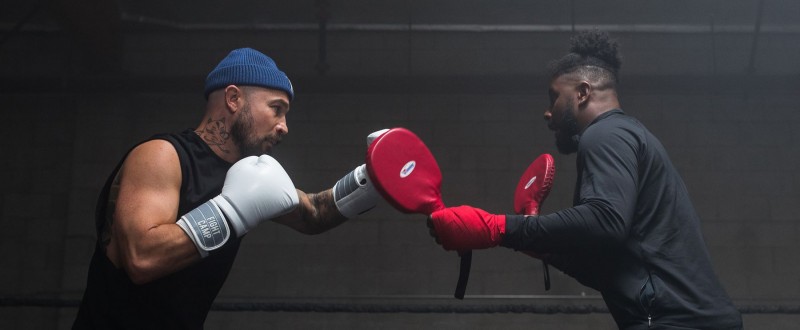
In the world of combat sports, boxing stands out as one of the most thrilling and respected disciplines. Mastering the art of boxing requires a combination of physical prowess, mental focus, and technical expertise. Whether you are an aspiring boxer or a fan seeking to understand the intricacies of the sport, this article will provide you with valuable insights into the fundamental aspects of boxing, including footwork, punching techniques, and defensive strategies.
1. Understanding the Stance and Footwork
1.1 The Boxing Stance
Before diving into the specifics of boxing footwork, it is crucial to grasp the basics of the boxing stance. A proper stance forms the foundation for a boxer's offense and defense. Stand with your feet shoulder-width apart, with the lead foot slightly turned inward and the rear foot at a 45-degree angle. Keep your knees slightly bent, and tuck your elbows close to your body to protect your ribs.
1.2 Importance of Footwork
Effective footwork is the cornerstone of boxing. It allows boxers to maintain balance, move swiftly, and create angles for both attack and defense. Footwork can be categorized into offensive footwork, where boxers move forward to attack, and defensive footwork, where they maneuver to evade incoming strikes.
2. Mastering Punching Techniques
2.1 The Jab
The jab is the most basic yet essential punch in boxing. It involves extending the lead hand to score points, keep opponents at bay, and set up more powerful punches. A quick, snappy jab can disrupt an opponent's rhythm and create openings for further attacks.
2.2 The Cross
The cross, also known as the straight right (or left for southpaw fighters), is a powerful rear hand punch. It generates considerable force by rotating the hips and shoulders, making it a key weapon for knockout opportunities.
2.3 The Hook
The hook is a potent punch executed in a semi-circular motion. It aims at the opponent's head from the side, making it effective in close-quarters combat. A well-timed hook can catch opponents off guard and lead to fight-ending results.
2.4 The Uppercut
The uppercut is an upward punch delivered from the mid-range or inside. It targets the opponent's chin, making it devastating when executed with precision. Uppercuts are particularly effective when opponents lower their guard.
3. Defensive Strategies
3.1 Head Movement
Head movement is vital for avoiding incoming punches. Boxers utilize slips, ducks, and rolls to evade strikes and create counter-attacking opportunities. By making opponents miss, boxers can tire them out and gain a tactical advantage.
3.2 Blocking and Parrying
Blocking and parrying involve using arms and gloves to deflect incoming punches. Boxers can redirect the force of the punches away from their bodies, minimizing the impact and staying in control of the fight.
3.3 Footwork in Defense
Footwork is not only crucial for offense but also for defense. By circling, pivoting, and stepping back, boxers can keep themselves out of harm's way and avoid being trapped against the ropes or corners. Boxing is an art that demands a harmonious blend of technique, athleticism, and mental acuity. Understanding the intricacies of footwork, various punching techniques, and defensive strategies is essential for any aspiring boxer. By continuously honing these skills, a boxer can rise above challenges and excel in the ring.
Systema: Where Martial Arts and Mindfulness Converge
Sambo: The Combat Sport Redefining Self-Defense
The Art of Invisibility: Understanding the Techniques of Ninjutsu